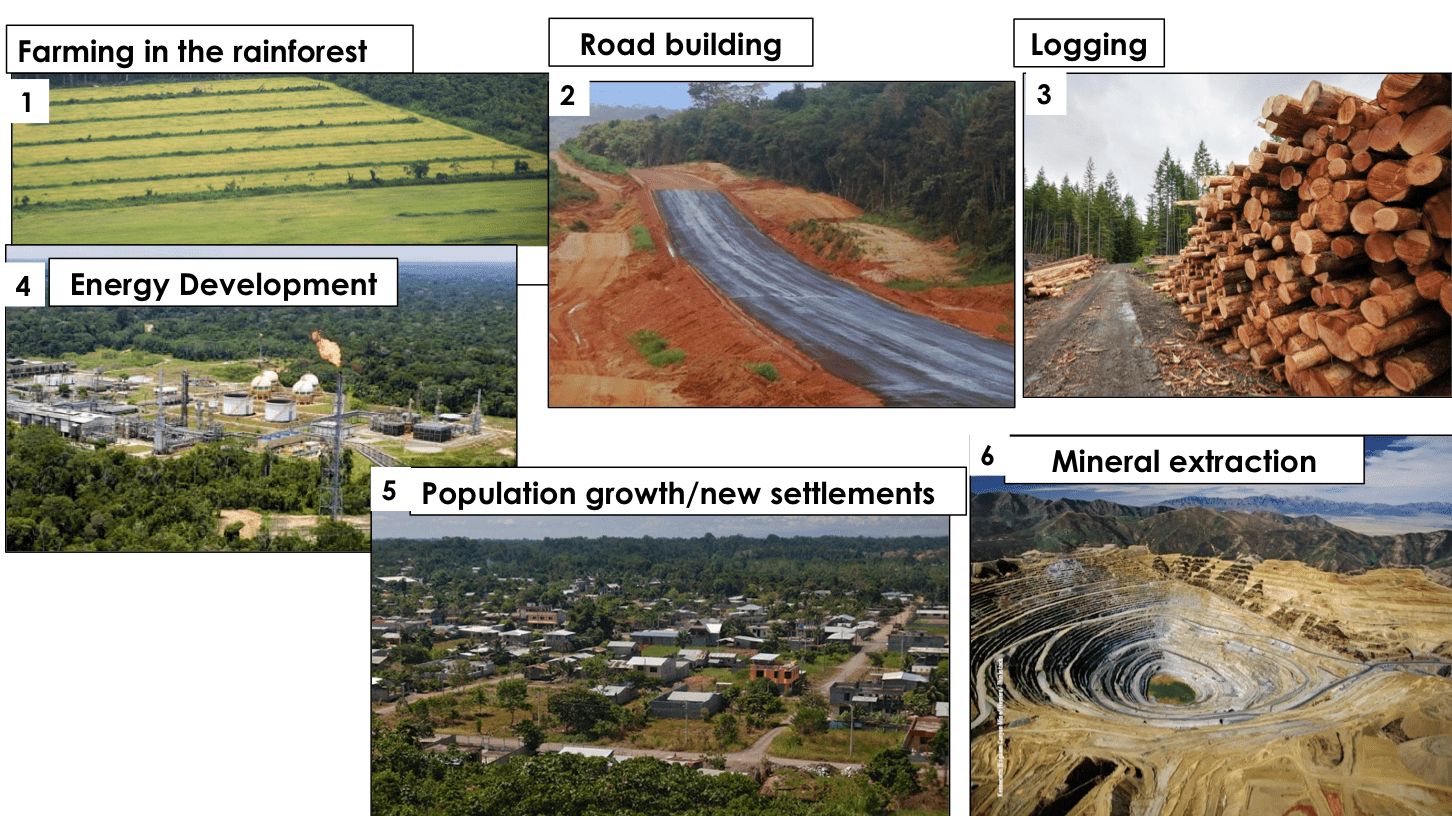What Causes Rainforest Deforestation
The vast and rich biodiversity of the Amazon rainforest has been under threat from deforestation for many years now. The Amazon rainforest spans across 7 million square kilometers, covering countries like Brazil, Peru, and Colombia. Its importance cannot be overstated as it serves as the world's largest reservoir of oxygen and carbon, generates a significant portion of the earth's rainfall and adjoins over 20% of the world's freshwater. However, with the current rat race towards economic development, the Amazon rainforest is being destroyed at an alarming rate.
The 7 Causes of Deforestation in the Amazon Rainforest
In this article, we will discuss the seven main causes of deforestation in the Amazon rainforest and the impact they have on the world's environment.
1. Land Clearing for Agriculture
Farmers use slash-and-burn techniques, which involves cutting down trees and burning the vegetation on the forest floor to make room for crops, mostly soybeans and cattle grazing. This practice is highly unsustainable, as the soil fertility quickly depletes, forcing farmers to cut more trees to move to new areas, exacerbating the problem.

2. Logging
Another major cause of deforestation in the Amazon is the logging industry. Trees are cut down, and the timber is harvested for buildings, furniture, and paper. This industry is vast and contributes significantly to the national economies of the Amazon countries. However, the loss of trees leads to habitat destruction, soil erosion, and an overall reduction in biodiversity.
3. Mining
Mining has exploded in Amazon rainforest; we extract Gold, bauxite, copper, and other minerals. The primary method used in mining is open-pit, which involves cutting down trees to make room for drilling and explosive activities. This process of mining leads to pollution of rivers and soil, which have devastating effects on local wildlife and communities.
4. Infrastructure Development
Infrastructure projects, such as hydroelectric power plants, roads, and dams, which are essential for economic growth in the Amazon, are temporary, opening more land to deforestation and prompt local communities to expand.
5. Climate Change
The Amazon Rainforest has been referred to as the "lungs of the earth" due to the vital role it plays in the global carbon cycle. Brazil's National Institute of Space Research recently reported that there has been a 29.5% increase in deforestation due to climate change-induced droughts and fires. The result of this would be catastrophic as the forest's ability to absorb carbon will be diminished, resulting in positive feedback loop heating the planet.
6. Colonization
The Amazon rainforest is thinly populated relative to its vast size. However, the area is home to several indigenous cultures. Over time, colonization has displaced them, pushed into smaller areas, and increased deforestation.
7. Illegal Activities
Illegal logging, clearing of land, and hunting of rare wildlife are prevalent in the Amazon. Enforcement is a complex problem, and It's hard to determine who is responsible for deforestation by illegal activities, making it difficult to track or control.
Conclusion
Attempts to curb deforestation in the Amazon have been politically driven and not very effective. Different initiatives such as certification schemes for crops harvested, where no deforestation was employed in farming, and initiating programs to build green infrastructure will have a long-term impact. It's essential to find solutions to deforestation in the Amazon rainforest globally, as the rainforest impacts the earth as a whole, not just the countries that share it. The Amazon is home to diverse wildlife, many undiscovered medicinal plants, contributes to the world's ecosystem, and a significant part of countless indigenous cultures.
It's high time for conservation efforts to prioritize planting trees and using sustainable farming practices in the Amazon and the world at large. It is vital to remember that what happens in the Amazon is not exclusive to the area and affects the world as a whole.